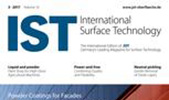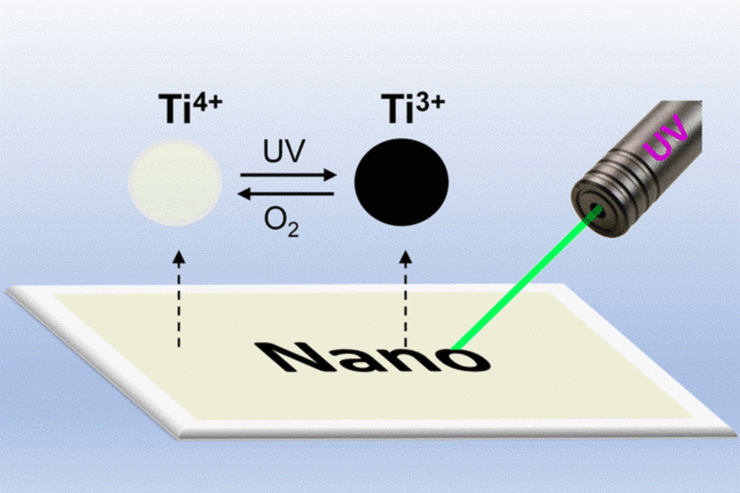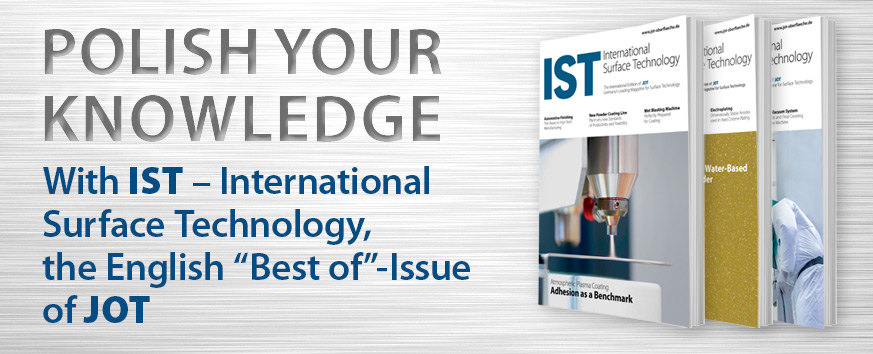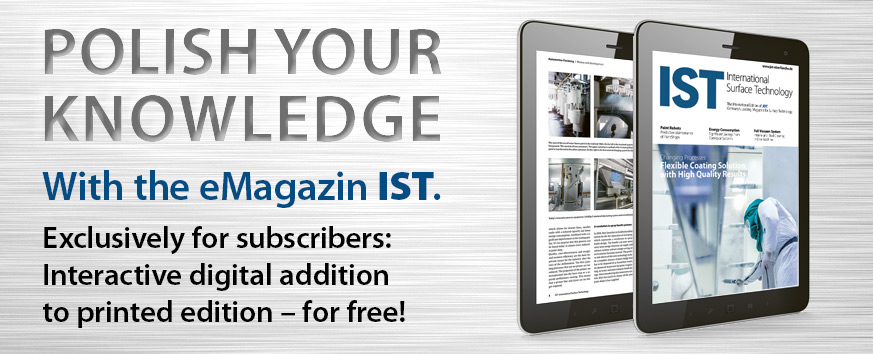Researchers have produced a coating that can be written on with UV light and whose writing erases again when exposed to atmospheric oxygen. To do this, the scientists led by Yadong Yin from the University of California, Riverside (USA) exploited the semiconductor properties of titanium dioxide: Nanocrystalline titanium dioxide changes when exposed to ultraviolet (UV) light. The light excitation causes the titanium atoms to change their electrical charge, and the previously transparent film turns dark blue to black. The colour change does not last, however, because atmospheric oxygen ensures direct re-oxidation. The scientists now used certain additives to prolong the colouring. To do this, they doped the nanocrystals with nitrogen, which they obtained from urea, and incorporated diethylenegylcol. This served as a non-toxic solvent and even played a decisive role in the colour change, as it captured excess charge and thus delayed the re-oxidation into the transparent state. Applied to glass or paper, the nanocrystals formed an even coating that could be written on with UV light. A 30-second illumination with a light source in the wavelength range below 400 nanometres was sufficient for this. There were two options for writing: One was for the researchers to create a written image by illuminating a piece of coated paper or glass through a photomask, as in photo printing. The other option was freehand writing with a laser pen. In both cases, a high-contrast pattern was created that was stable for several hours and then either erased by heating or slowly faded due to the oxygen in the air. A protective coating of a non-toxic polymer could also prolong the persistence of the writing.
A major advantage of the system is its reusability. In the study, up to 50 write-erase cycles were possible without significant loss of contrast. Applications are therefore particularly useful in areas where reusable surfaces are in demand, such as daytime labels, on information signs, in data storage or sensor technology. The study is presented in the journal Angewandte Chemie.
Autor(en): wi




